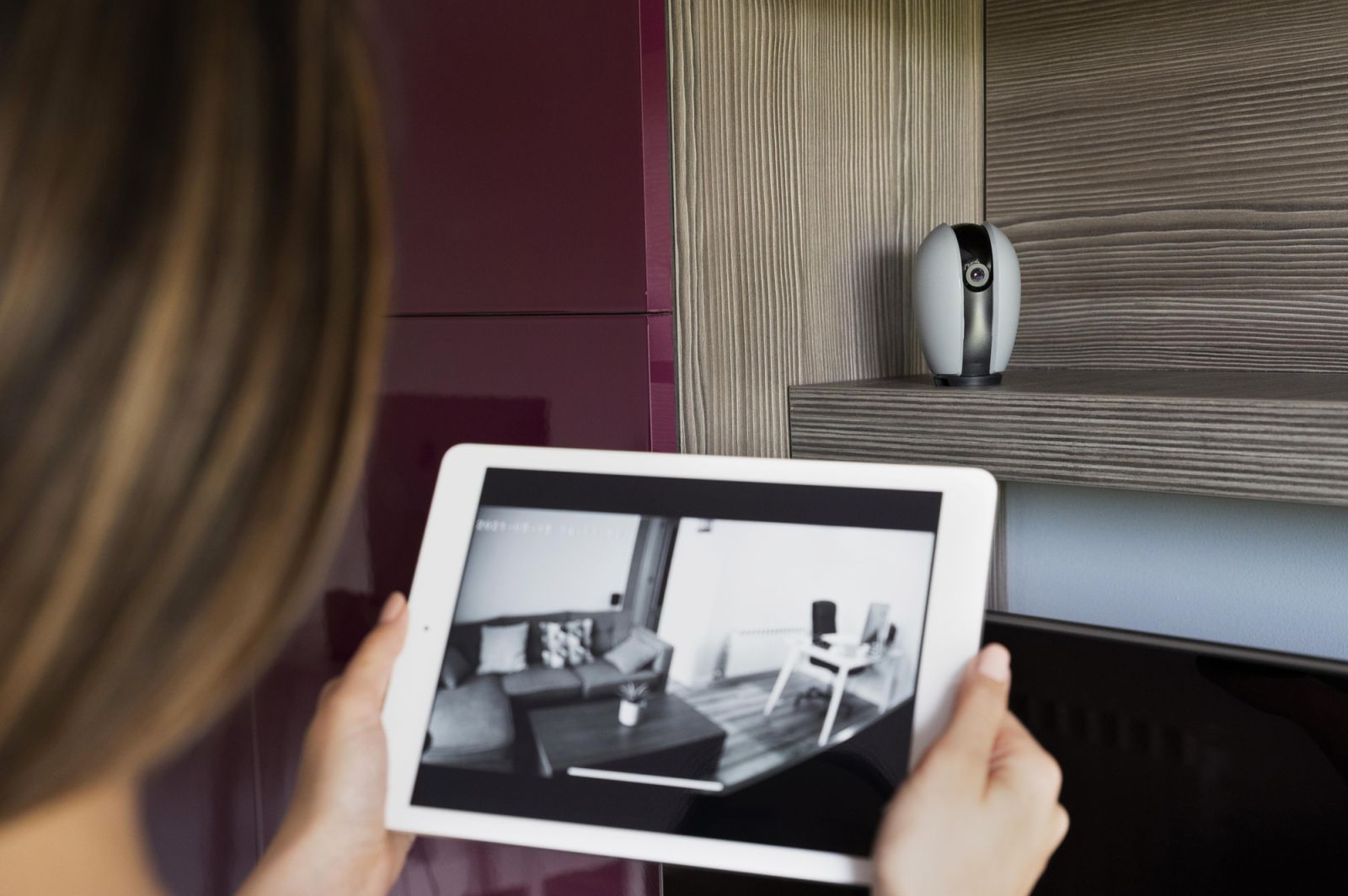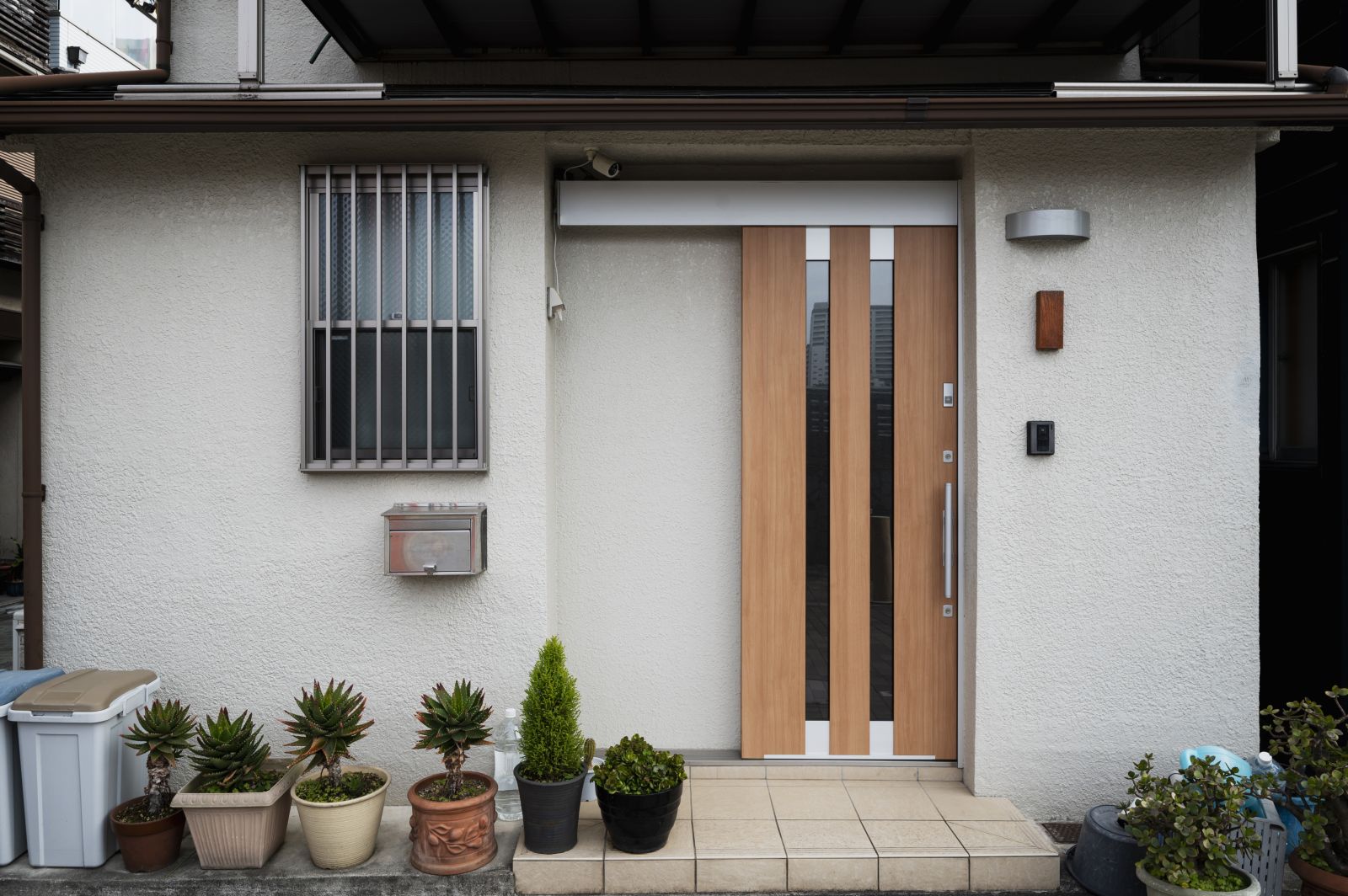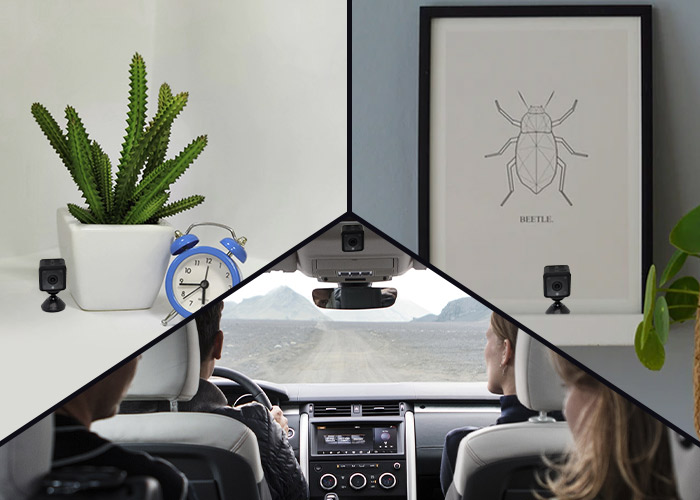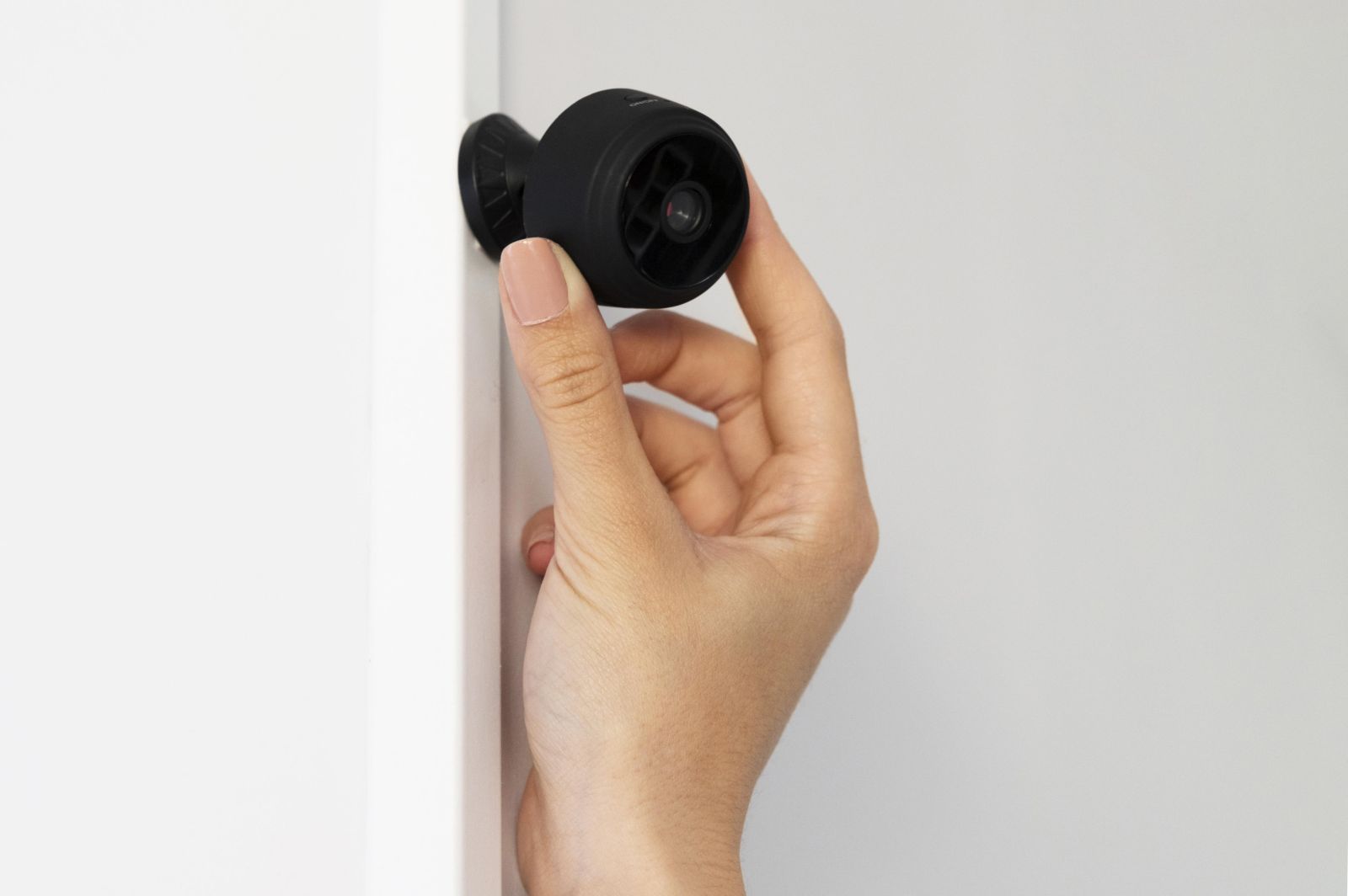When it comes to home security, installing a CCTV camera is one of the most effective ways to protect your property. But once you’ve decided to set up a system, another question pops up: should you go with hidden cameras or visible ones? Each has its strengths, and the right choice depends on your security goals. Let’s dive into the pros and cons to help you decide.

Visible Cameras: Deterrence and Peace of Mind
Visible cameras are the classic choice for home security, and for good reason. The mere presence of a camera can act as a strong deterrent. Potential intruders are less likely to target a home that clearly has surveillance.
Advantages of Visible Cameras:
- Deterrence Effect: Studies show that visible security measures, like CCTV cameras, reduce the likelihood of break-ins. Criminals usually look for easier targets.
- Transparency: Visible cameras make it clear that the area is being monitored, which can also make visitors and delivery personnel feel safer.
- Ease of Installation and Maintenance: These cameras are typically easier to install and maintain since they don’t need to be concealed.
- Faster Emergency Response: In the event of a security incident, visible cameras can quickly show authorities where to look for footage.

Real-life examples highlight the power of visible CCTV camera systems. In several neighbourhood watch programs, homes with noticeable surveillance systems experienced fewer break-ins than those without. A camera above the front door or garage sends a clear message: "You’re being watched."
Drawbacks of Visible Cameras:
- Easily Avoided or Disabled: Savvy criminals might find ways to avoid detection by staying out of view or tampering with the camera.
- Aesthetic Concerns: Not everyone wants their home to look like a fortress. Visible cameras can be an eyesore for some homeowners.
- False Sense of Security: Relying solely on visible cameras might make you complacent. A determined intruder may still find blind spots.
In some cases, visible cameras can be counterproductive. Criminals may wear masks or plan routes that avoid detection, making it harder to catch them even if an incident occurs.
Hidden Cameras: Stealth and Surprise
Hidden cameras offer a more discreet approach to home security. These tiny devices can be tucked away in everyday objects or hidden behind decorative elements, capturing footage without anyone knowing.
Advantages of Hidden Cameras:
- Catch Criminals in the Act: Since hidden cameras aren’t noticeable, intruders won’t know they’re being recorded, increasing the chances of capturing unfiltered evidence.
- Monitor Trusted Individuals: If you have concerns about caregivers, housekeepers, or contractors, hidden security cameras let you monitor without making anyone uncomfortable.
- No Tampering Risks: Hidden cameras are harder to disable, as intruders won’t know where to find them.
- Aesthetics: They blend seamlessly into the environment, preserving the look of your home.

Hidden cameras have proven invaluable in catching criminals who thought they had evaded security. In cases of home invasions, discreetly placed cameras have provided crucial evidence leading to arrests and convictions.
Drawbacks of Hidden Cameras:
- Lack of Deterrence: Without the visible warning, intruders might feel bolder, thinking there are no security measures.
- Legal Considerations: Depending on where you live, there may be legal restrictions around recording people without their knowledge.
- Limited Field of View: Hidden cameras often have to be placed in unconventional spots, which might limit their angle and coverage.
- More Complex Installation: Finding the perfect hidden spot can take time and creativity, and maintenance can be trickier.
Finding the Right Balance: Combining Visible and Hidden Cameras
The good news is that you don’t have to choose one over the other. Many homeowners opt for a hybrid system that combines both visible and hidden cameras. This approach offers the best of both worlds: the deterrent effect of visible cameras and the covert monitoring of hidden ones.
For example, you can place visible cameras at entry points to warn off potential intruders while using hidden cameras in less obvious areas to catch anyone who tries to sneak past. This layered approach makes your home security system more comprehensive and robust.
Imagine having a visible security camera by the front door to deter package thieves while a hidden camera captures footage of anyone attempting to disable the system. It’s a double layer of protection that covers all angles.

Choosing the Best Option for Your Home
When deciding between hidden and visible cameras, consider the following factors:
- Your Security Priorities: Do you want to prevent crime, or are you more interested in catching intruders in the act?
- Home Layout: Think about where cameras would be most effective. Entryways are great for visible cameras, while hidden cameras might be best in private areas or rooms with valuables.
- Budget: Hidden cameras can sometimes be more expensive due to specialised designs and installation requirements.
- Local Laws: Familiarise yourself with laws regarding video surveillance in your area to avoid legal issues.
Tips for Installation
Whether you choose hidden, visible, or both types of cameras, proper installation is key. Place visible cameras at main entry points, near garages, and along pathways to maximise their deterrent effect. Hidden cameras should be installed in areas where intruders might go unnoticed, such as hallways, basements, or rooms with high-value items.

Regular maintenance is crucial. Clean lenses to avoid blurry footage and check that connections are secure. Modern systems even offer remote access via smartphone apps, so you can keep an eye on your home no matter where you are.
Final Thoughts: It’s About Strategy, Not Just Equipment
There’s no one-size-fits-all answer when it comes to hidden vs visible cameras. The best approach is to assess your security needs and develop a plan that leverages the strengths of both. Whether you choose visible, hidden, or a combination of both, the most important thing is having a system that gives you peace of mind and keeps your home protected.
Remember, the goal is to outsmart potential intruders while making sure your family and property stay safe. Take the time to map out your security setup and stay one step ahead. After all, a well-thought-out security system is your home’s first line of defense.
Did you enjoy reading this article?
Stay updated on our latest deals and promos by following our social media accounts.
Find this article helpful? Don't forget to click on the share buttons below.





